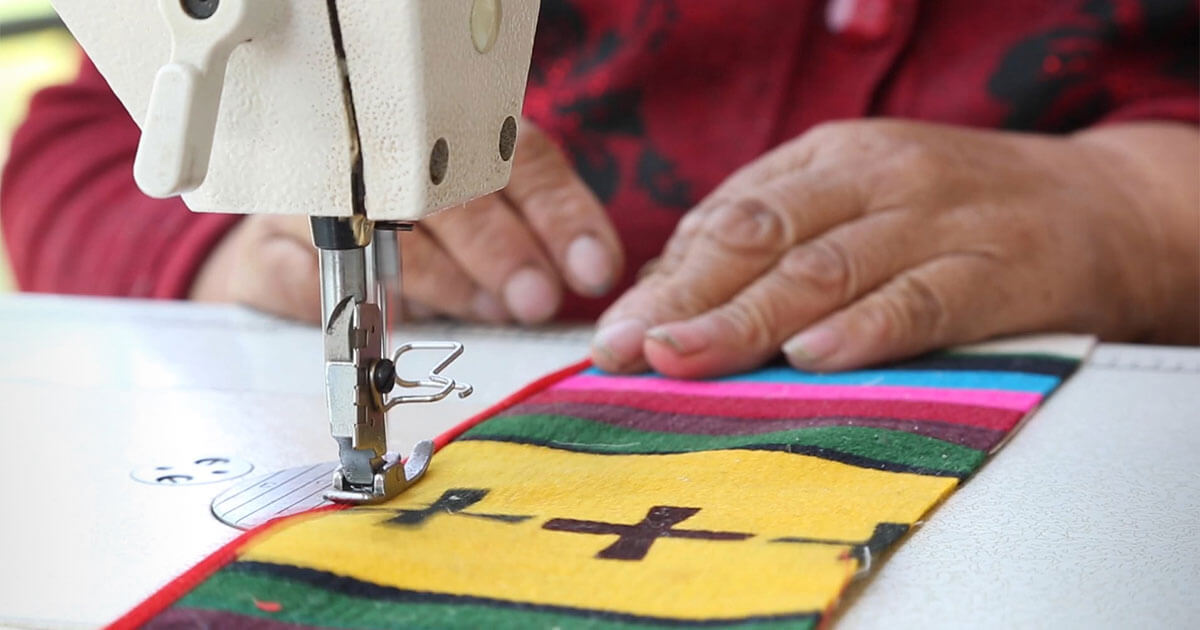Tibetan clothing has a long and rich history; its styles are highly diverse across different regions and subcultural groups. Tibetan clothing reflects local characters, conveys cultural differences and is often adorned with symbolism. Not unlike many other cultures, daily clothing choices differ from the clothing one wears for special occasions, such as weddings, New Year’s celebrations, religious ceremonies, or mourning. Clothing also differs between genders.
Because mountain pastures where Tibetan nomads live are generally arid and experience prolonged cold during the long winters, most nomadic clothing is thick and made primarily of animal skins. The animal skin robes can be used as quilts at night and for dressing during the day. As a practical rule, most Tibetan robes are made to be bulky and loose to carry a small child or everyday items during the day or to accommodate space for the children at night. The robe is fastened at the waist with a sash made of nylon or woven wool.

Everyday nomadic sheepskin robes are often made with some decorations along the edges. For instance, robes are often hemmed in black velveteen, corduroy, or woolen cloth at the front and at the lower edges and cuffs of the sleeves. The choice of colors for such decorations and the color or material of the sashes worn around the waist may indicate gender differences, marital status, and community origin. While such differences may appear subtle to outsiders, locals notice such differences instantly.
Contrary to the everyday clothing that is lightly decorated, festival clothes are often extravagantly ornamented with colorful fabric, religious designs, otter or leopard pelts—or, more recently, synthetic fabric resembling otter and leopard pelts—and other intricate adornment. Festival clothes are accompanied by jewelry such as necklaces, rings, earrings, and amulets. Festival gear is often overloaded with color, design, and expensive materials as a way to showcase a family’s wealth. Because not all nomads are rich, such a show of jewelry and wealth can be controversial.








Another simpler but common festival dress is the lambskin robe, which is made of skin of months-old sheep. Unlike a normal sheepskin robe that may require eight to ten adult sheepskins to make one robe, lambskin robes for an adult may require around one hundred lambskins. Lambskin robes are valued for their softness and extra warmth.
In the summer, robes made of fabric are also common as they are lighter and easier to transport. Other clothing items, such as hats made of woven wool or different furs, boots made of yak skin, or coats made of animal pelts are now common.




